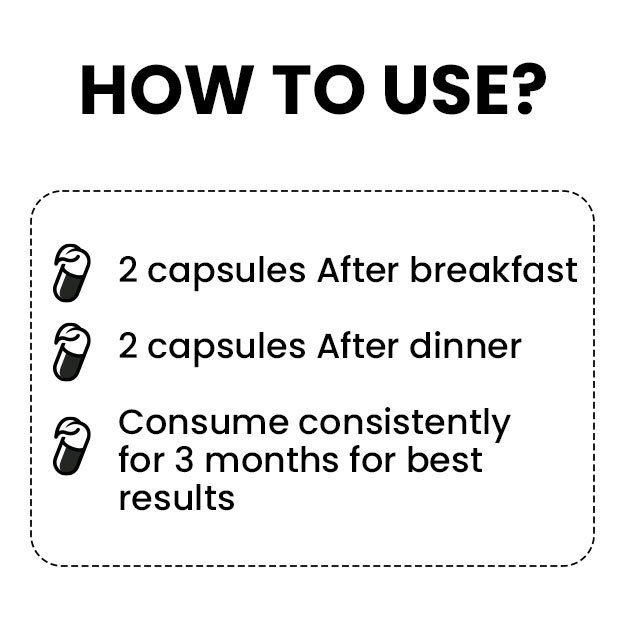Respiratory acidosis occurs when the lungs cannot remove enough of the carbon dioxide produced by the body. Excess CO2 causes the pH of blood and other bodily fluids to decrease, making them too acidic.
Read more - (Home remedies for Chest congestion)
- What Is Respiratory Acidosis?
- Types Of Respiratory Acidosis
- Symptoms of Respiratory Acidosis
- Common Causes of Respiratory Acidosis
- Diagnosis of Respiratory Acidosis
- Treatment Of Respiratory Acidosis
- Summary
What Is Respiratory Acidosis?
Normally, the body is able to control acidity. The balance of blood ranges from 0 to 14 on a pH scale. A safe blood pH is between 7.35 and 7.45, and acidosis occurs when the blood pH drops below 7.35. Respiratory acidosis is usually caused by an underlying disease or condition. It is also called respiratory failure or ventilatory failure.
Normally, the lungs take in oxygen and release CO2. Oxygen passes from the lungs into the blood, and CO2 is expelled as waste. But sometimes the lungs are not able to remove enough CO2. This situation can occur due to the following reasons such as -
Read more - (Shortness of Breath: symptoms, causes, treatment )
Types Of Respiratory Acidosis
There are two types of respiratory acidosis: acute and chronic respiratory acidosis.
Acute Respiratory Acidosis
In this the level of CO2 suddenly increases and the body is not able to expel CO2 quickly. This requires treatment as soon as possible. Without treatment, symptoms get worse and can become life-threatening.
Chronic Respiratory Acidosis
Certain chemoreceptors in our brain alert us to elevated CO2 conditions and regulate the body's ventilation, or how it disposes of waste gasses in the blood. When these receptors become less sensitive, they are unable to respond at high levels, leading to chronic respiratory acidosis. It develops over time and symptoms are not visible initially. Instead, the body adapts to the increased acidity. For example, the kidneys produce more bicarbonate to help maintain acid balance.
Read more - (First aid for difficulty breathing)
Symptoms of Respiratory Acidosis
Early symptoms of acute respiratory acidosis include:
- Breathlessness
- Headache
- Nervousness
- Worry
- Blurred Vision
- Restlessness
- Blueness In Hands And Feet (If Oxygen Levels Are Also Low)
Without treatment or in people with severe presence of respiratory acidosis, other symptoms may occur. which consists of:
- Tiredness
- Lethargy
- Confusion
- Muscle Movements And Twitches
- Seizures
- Unconsciousness
- Loss Of Memory
- Increased Circulation Of Red Blood Cells Around The Body, Also Known As Polycythemia
- High Blood Pressure In The Arteries Around The Lungs, Also Called Pulmonary Hypertension
- Heart Failure
- Sleeplessness And Headaches Due To Obstructive Sleep Apnea (Osa)
Read more - (Hypoxemia)
Common Causes of Respiratory Acidosis
The lungs and kidneys are major organs that help regulate the pH of the blood. The lungs expel the acid by exhaling CO2 and the kidneys expel the acid through urine. The kidneys also control bicarbonate in the blood. Respiratory acidosis is usually caused by a lung disease or condition that affects normal breathing.
Causes Of Acute Respiratory Acidosis
Some common causes of the acute form are:
- COPD
- Emphysema
- Asthma
- Pneumonia
- Muscle Weakness That Affects Breathing Or Taking Deep Breaths
- Excessive Use Of Medications Like Opioids That Affect The Central Nervous System.
Causes Of Chronic Respiratory Acidosis
Chronic respiratory acidosis occurs due to the following reasons –
- Asthma
- COPD
- Severe Obesity
- Neuromuscular Disorders
- Amyotrophic Lateral Sclerosis (Als)
Read more - (Wheezing symptoms, causes, treatment,)
Diagnosis of Respiratory Acidosis
Tests are done to identify the following symptoms of respiratory acidosis:
- To test for any pH imbalance
- To identify the severity of the imbalance
- To identify the condition causing the imbalance
Several tests can help doctors diagnose respiratory acidosis.
1. Blood Gas Measurement
There are a series of blood gas tests that are used to measure the oxygen and CO2 in the blood. The doctor will take a blood sample from the vein. High levels of CO2 may indicate acidosis.
2. Electrolytes Test
Electrolyte tests measure the levels of certain minerals and salts in the body, including sodium, potassium, chloride.
3. Lung Test
In such a situation, lung function is reduced. So the doctor can examine the lungs to check the following conditions like –
- Moving Air In And Out Of The Lungs
- Oxygen Levels In The Bloodstream
These tests include:
- Spirometry – The doctor will ask you to breathe in and out with a special instrument called a spirometer. It measures how much air you move in and out of your lungs and how much air you blow out while doing so.
- Lung volume test – Sitting in an airtight booth, you'll take deep breaths in and out. The amount of air your lungs take in will affect the air pressure, which helps the doctor see how much air the lungs are moving in and out.
- Exercise testing – This involves running on a treadmill or using a bike while the doctor monitors your blood pressure, blood oxygen and heart rate. Exercise measures how your lungs function when you are physically exerting yourself.
- Chest X-ray – X-rays can help doctors see injuries, muscle problems that can cause acidosis.
- Other tests include – drug test, CBC, urine test
Read more - (Hyperventilation and hyperventilation syndrome)
Treatment Of Respiratory Acidosis
There are several treatments for respiratory acidosis.
Treatment Of Acute Respiratory Acidosis
Acute respiratory acidosis should be treated as soon as possible because it is a medical emergency. While the doctor clears your airways, you may also need artificial ventilation through a machine like BiPAP.
Treatment Of Chronic Respiratory Acidosis
If you have chronic respiratory acidosis, doctors will focus on managing any underlying conditions. The goal is to improve airway function. Some medications to treat respiratory acidosis include:
- Antibiotics
- Diuretic
- Bronchodilators, To Clear The Airways
- Corticosteroids To Reduce Inflammation
- Ventilation
- Experiencing Sudden Difficulty Breathing
- Airway Obstruction
How To Prevent Respiratory Acidosis?
The best way to prevent acidosis is to avoid potential causes of the disease. As -
- Don't smoke – Smokers have a higher risk of chronic respiratory acidosis. Smoking is harmful to lung function. This increases the risk of respiratory diseases.
- Control your weight – Some people with obesity may develop obesity hypoventilation syndrome, which may be an underlying cause of respiratory acidosis.
- Caution when taking medications – Medications can interfere with your ability to breathe. Your nervous system plays an important role in breathing, and sedative medications depress the central nervous system. Seek immediate treatment if any partial condition occurs while taking sedative medications.
- Always read and follow labels.
- Never take more than the prescribed dose.
- Do not consume alcohol
- It is not possible to prevent some causes of respiratory acidosis, such as MS. However, the above measures can help you reduce the risk of an acute emergency.
Read more - (Home remedies for Chest congestion)




























